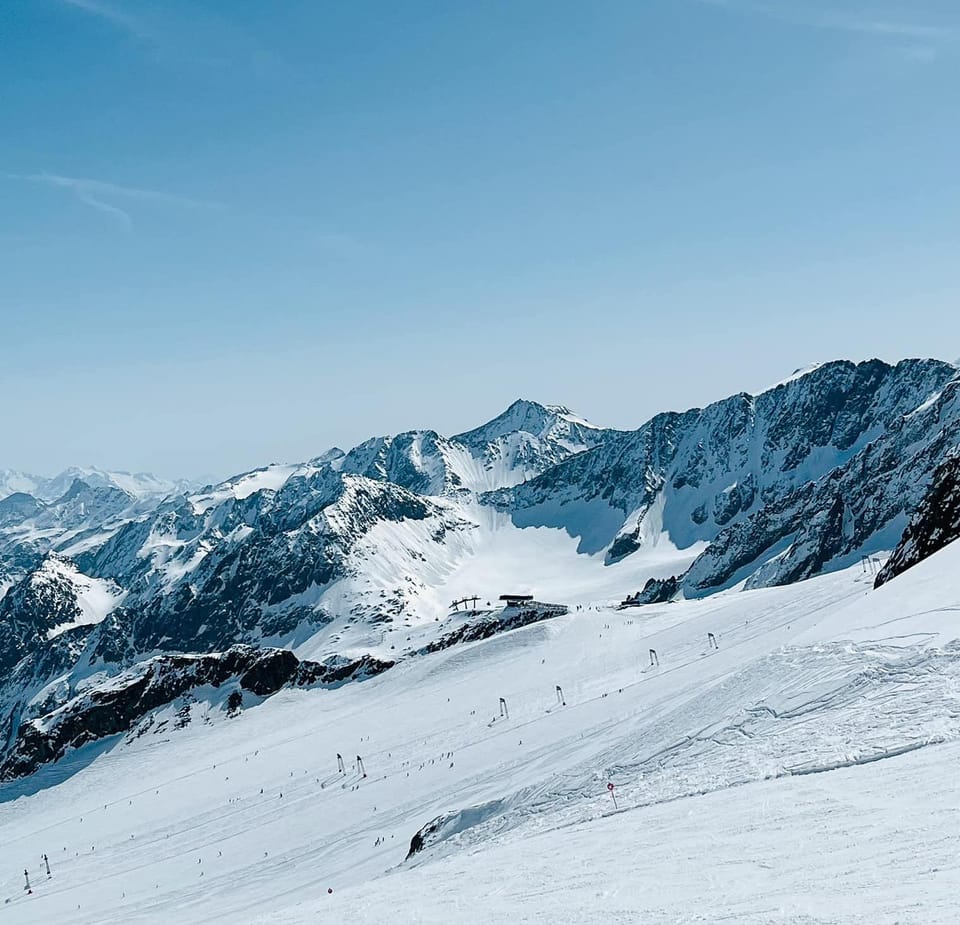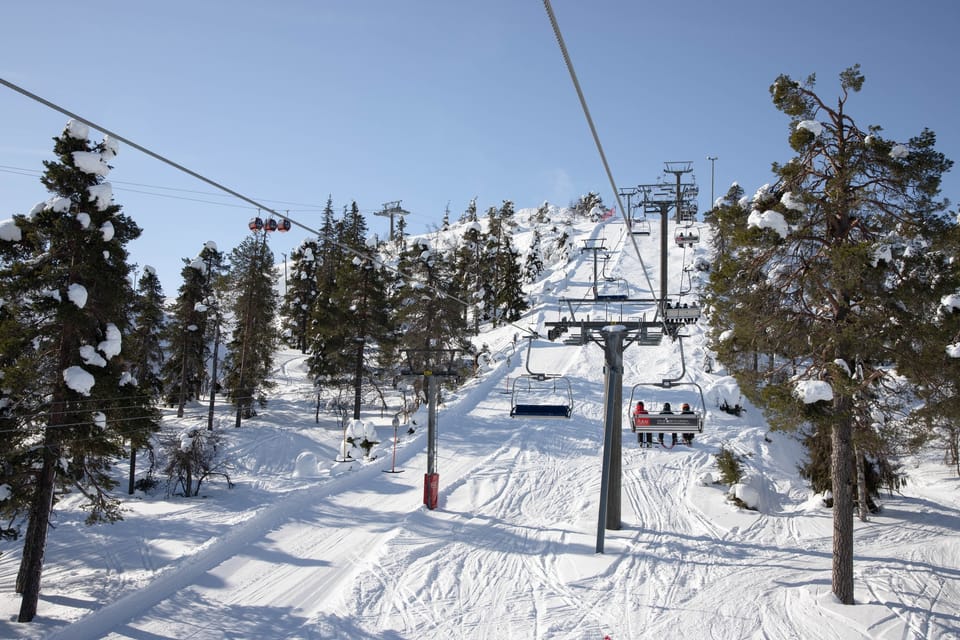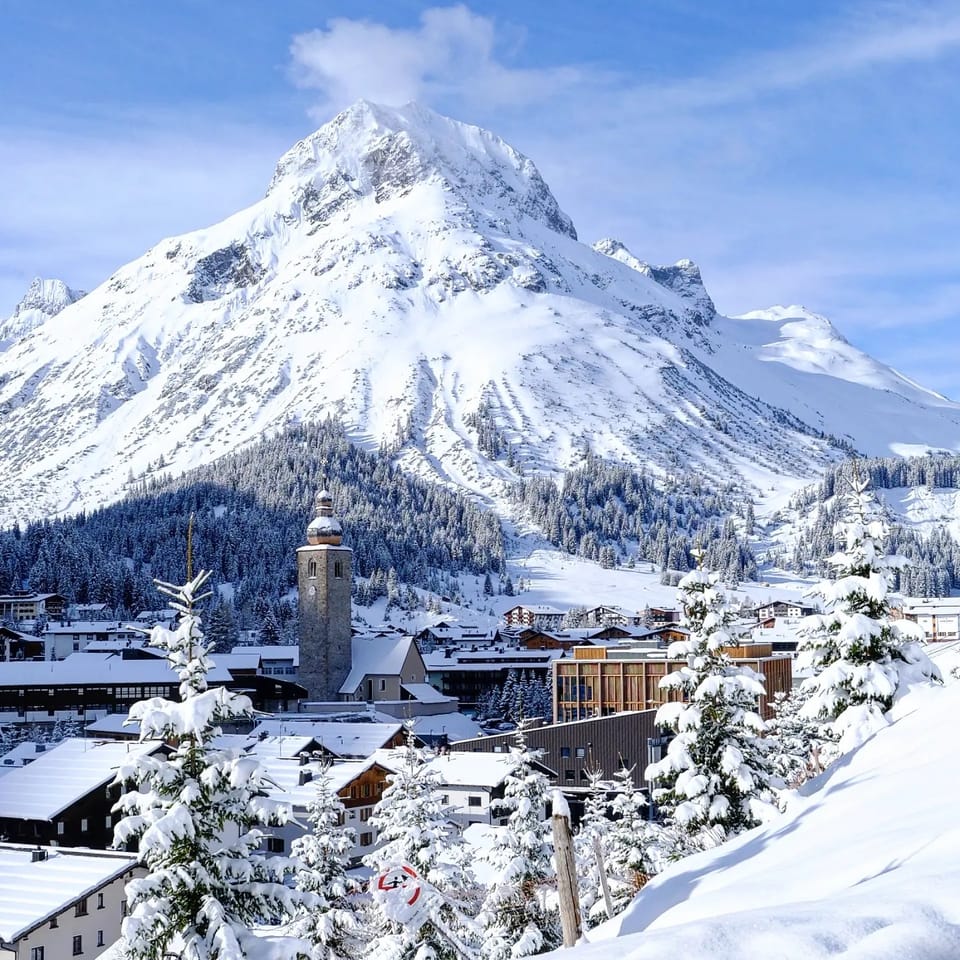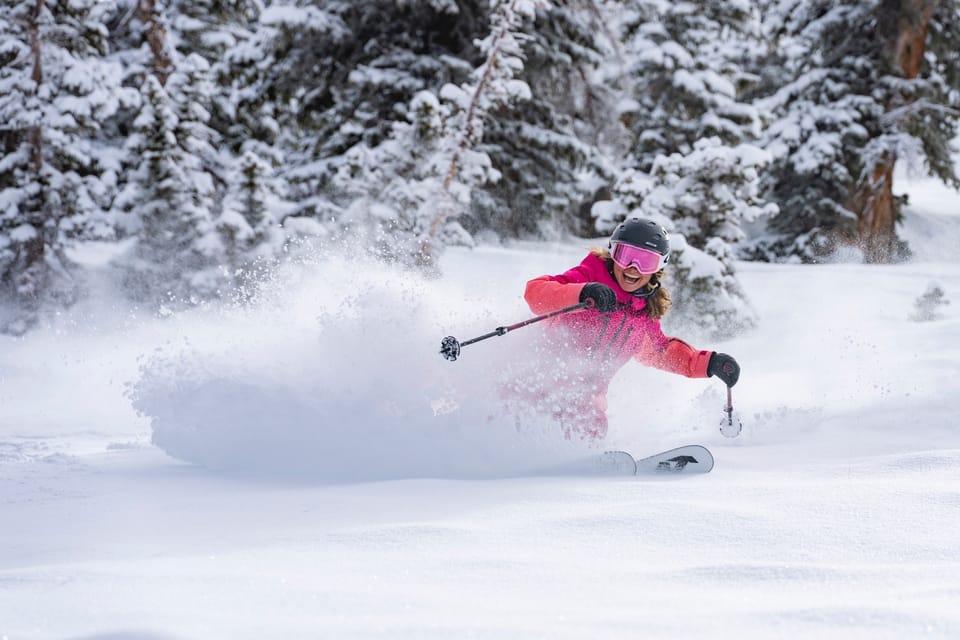WORLD SNOW ROUNDUP #149

Issued: 22 July 2020
By Patrick “Snowhunter” Thorne
North American Roundup
European Roundup
Asia Roundup
SOUTHERN HEMISPHERE OVERVIEW
SOUTHERN HEMISPHERE INTRO| The big question in the Southern Hemisphere this week is: are ski lifts about to turn for the first time in 2020 in the Andes/South America? The answer seems to be yes, and by the time you’re reading this they may already be doing so; however, at the time of writing, not yet. In Argentina, where lockdown has been easing region by region, the lifts may begin turning this week according to local media reports in the famous ski town of Bariloche. Unlike Chile, on the other side of the continent, which is now one of the worst-hit countries in the world by the virus, Argentina has kept infections and deaths relatively low. Measures to loosen the lockdown allowed the southern ski area of Cerro Castor to open base facilities, if not its lifts and runs as yet, to locals at weekends for the past two weeks. At Bariloche, the plan is for some terrain to open at the continent’s largest ski area by uplift, Catedral. Again, for local people only. They do not want to encourage travel to the area, which remains very difficult/unadvisable to do anyway. The last reports indicated agreement to open had been reached between the municipality and the lift company, but the details were still being worked out.
With regard to the condition of the snow, the past week has not seen very much of it after the snowy period before, particularly in South America. Most parts of the Southern Hemisphere have stayed pretty dry although the snow is now returning to New Zealand, where some resorts reported more than 30cm (a foot) by Tuesday morning. This has also happened in the Andes.
AUSTRALIA
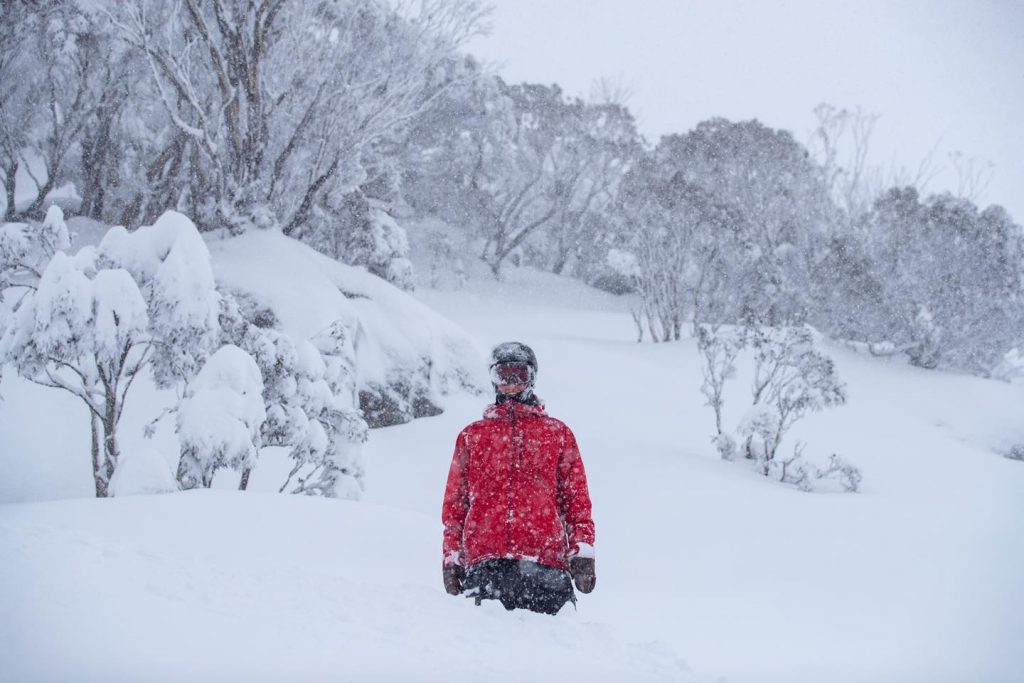
AUSTRALIA REPORT| It has been a largely dry week in Australia after a previous snowy period. Perisher (30/60cm / 12/24”) continues to lead the way for open terrain with 65km (40 miles) of runs open, the most in the world at present. Thredbo (45/85cm / 18/32”) has better snow stats but a smaller area open, around 325km of runs. Over the state border in Victoria Mt Hotham and Falls Creek ski areas remain closed due to the virus pandemic (but open to visiting tourists with travel pre-arranged in some circumstances, with backcountry skiing allowed). Mt Buller (15/25cm / 6/10”) is still open but with very limited terrain skiable, as is Mt Baw Baw. Elsewhere in the country, there has been fresh snow in Tasmania where the main ski area, Ben Lomond, one of the world’s most southerly ski centres, says it hopes to open this weekend if more snow does arrive as forecast.
AUSTRALIA FORECAST| Unfortunately, the forecast for Australia is looking decidedly sunny still for the week ahead. It looks like it should drop well below freezing overnight allowing snow-making systems to operate, but then get quite a bit above freezing in the daytime with warm sunshine too.
NEW ZEALAND
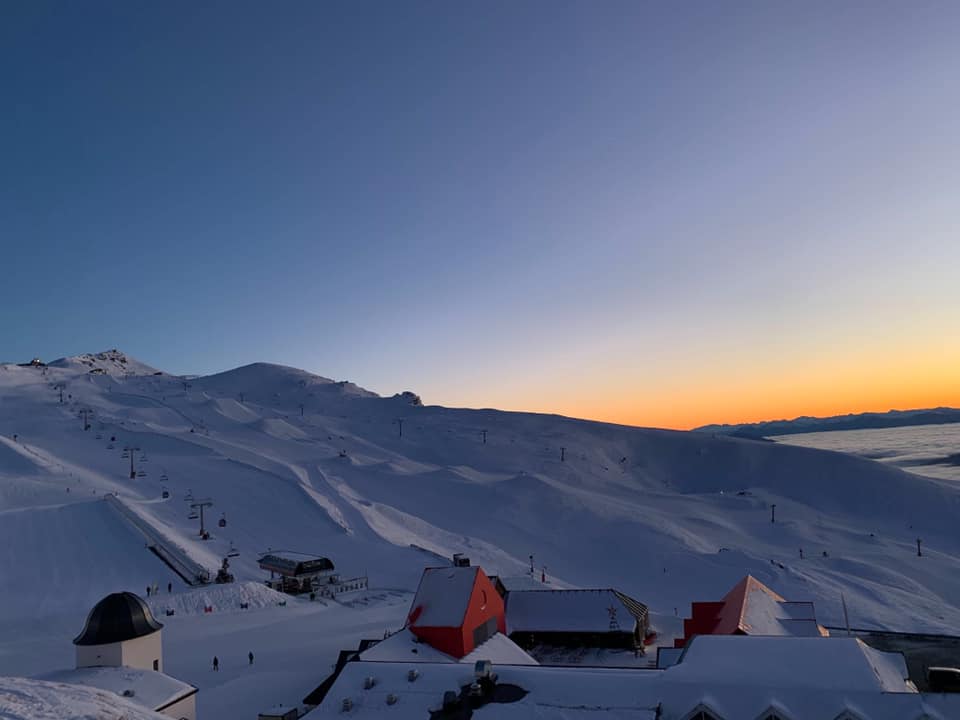
NEW ZEALAND REPORT| New Zealand continues to boast the best conditions of opened ski areas anywhere in the world, and also the best skiing conditions. There are no social distancing or many other pandemic prevention measures in place which are the ‘new normal’ requirements in much of the rest of the ski world. There’s not been much fresh snow after the falls just over a week ago and crowds have eased a little from their peak a week back too. Some areas have also had to close more exposed terrain in recent days due to stormy conditions, but the upside of that is the return of fresh snowfall. Treble Cone (115/130cm / 46/52”) is one of those that closed runs early due to extreme weather, then closed the whole area mid-afternoon on Monday. For now, Mt Hutt (55/125cm / 22/50″) has the most terrain reported open, 36km (23 miles) of runs. The snowfall that started on Monday is continuing to build. Cardrona reported 35cm by Monday evening.
NEW ZEALAND FORECAST| A return to snowy weather over the coming week in New Zealand with snow forecast for most days for most areas from now through to the start of next week, albeit with a possible weekend lull. There’ll be more stormy weather at times and temperatures will drop to double digits below freezing, so it’s going to be a case of wrap up well.
ARGENTINA
ARGENTINA REPORT| As mentioned in our introduction there are strong hints that the country and South America’s largest area, Catedral, will open some terrain to local people at some point this week. If the lifts start turning they’ll be the first in South America to do so in 2020. Cerro Castor, in the south (indeed, one of the world’s most southerly ski areas) has opened its restaurant, ice rink and cross-country ski trails but not, as yet, its lifts and downhill runs. The different pace of re-opening seems to be down to Argentina’s regional structure with different parts of the country deciding what is and isn’t allowed as lockdown eases in their area.
ARGENTINA FORECAST| It will be cold in Argentina over the coming week and the snowfall will be back most days in most areas. Temperatures will range from freezing down to ten below. It looks like there’ll be a 48-hour lull in the snowfall around the start of the weekend, but otherwise mostly snowy on a daily basis.
CHILE
CHILE REPORT| Ski areas in Chile have had a quieter week in terms of fresh snowfall than most of the previous month, when it dumped down pretty relentlessly. Unfortunately, the country’s slopes remain firmly closed due to the pandemic. As of 17th July 2020, Chile has the third-largest number of cases in South America, after Brazil and Peru, and the eighth largest in the world. Considering its population, Chile has one of the worst outbreaks in the world, with more than 16,000 cases and 577 deaths per million inhabitants. So, it seems unlikely ski areas will be opening soon, if at all this season, although there is still talk of the lockdown there easing. Just over a week ago a number of ski areas in the country, including El Colorado and Portillo, reported the snow was lying nearly 5 metres (17 feet) deep; however, backcountry skiing is not permitted and the avalanche danger is very high.
CHILE FORECAST| Most Chilean ski areas will see a return to snowier conditions over the coming week although with a mix of sunny and snowy days. Temperatures look likely to stay sub-zero, ranging between freezing and up to ten degrees below.
SOUTHERN AFRICA
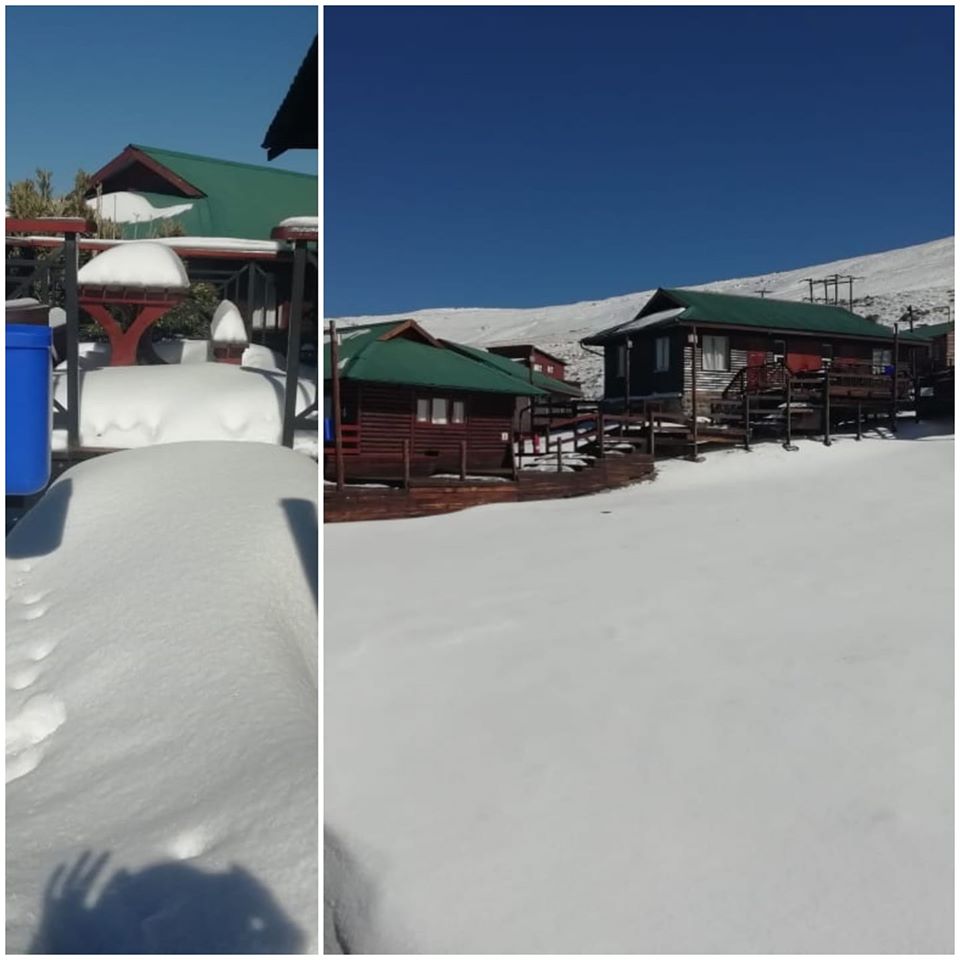
SOUTHERN AFRICA REPORT| There has been frustration in South Africa with lots of fresh natural snowfall covering the slopes of Tiffindell, the country’s only ski area, which currently looks unlikely to open this winter due to the pandemic. Afriski, in Lesotho, is open however and back to sunny weather after the biting cold and fresh snowfall of a week ago. It’s 600-metre main run remains open, albeit with just local skiers visiting this winter as the border with South Africa remains closed.
SOUTHERN AFRICA FORECAST| It looks set to stay dry and sunny in southern Africa with temperatures a little above freezing at Afriski.
NORTH AMERICA OVERVIEW
NORTH AMERICA REPORT| The only open ski area in North America continues to be Timberline (36/36” / 90/90cm) where it has been a warm and sunny week; however, the snowpack is reported as unchanged from a week ago. There are a couple of miles (3km) of runs open up high.
NORTH AMERICA FORECAST| It’s more of the same for the week ahead with temperatures 10-20 degrees above freezing and full sun in the forecast for another seven days.
INTRODUCTION EUROPE
There’s little change on a week ago in Europe with the same 11 glacier areas open in Austria, France, Italy, Switzerland and Norway up to last weekend. Four resorts have already opened and should stay open through to 2021. The rest will be closing after summer skiing in the coming weeks and months, although we should see numbers start to grow again from September as more glacier areas open (or re-open) then for their 20-21 ski seasons. Actually, the number has already dropped to 10, with one of the three Austrian areas, the Kitzsteinhorn, closing from Tuesday 21st July for a few months. In fact, in reality, we’re back down to single figures as Norway’s Galdhopiggen glacier has also closed, temporarily, for the latter half of July. There are reports that many summer ski areas are seeing good business this year, and in some cases, more skiers than last year. This has been put down partly to post lockdown opening and partly to snow conditions being better than a year ago at many. Operations are also reported to be ‘fairly normal’ at some with Les 2 Alpes, in France, relaxing social distancing rules so they’re not required on ski lifts so long as users are wearing masks.
ALPS
ALPS REPORT| As mentioned in our introduction the Kitzsteinhorm (215/215cm / 86/86″), one of three Austrian glacier areas open for glacier skiing, has ended its post-pandemic re-opening period on 21st July. It had only a kilometre of runs open but reported good conditions this summer and it will only be a couple of months before it reopens for its ten-month 2020-21 ski season in September. The two other open Austrian areas, Hintertux (270/270cm / 108/108”) and Mollal (260/260cm / 104/104”), have already started theirs. Hintertux has 20km of trails open, one of the biggest areas and largest verticals open in the Northern Hemisphere at present.
In France, we’re into the last fortnight of the season at Tignes (150/150cm / 60/60″) which is due to end its summer ski season on 2nd August. It has around 12km of runs open. Les 2 Alpes (280/280cm / 112/112”), on the other hand, which is one of the areas reporting its best summer snow conditions in years, hopes to stay open through August. It’s 3km of open runs is the largest summer ski area in the Northern Hemisphere and indeed larger than most ski areas in the Southern Hemisphere currently have available.
In Italy, Passo Stelvio (210/210cm / 84/84”) remains the only real option although you can reach Zermatt’s glacier skiing, Europe’s highest and just over the Swiss border, by using the lifts from Cervinia. There’s reported to be 15km of slopes open and a 220cm (88”) base here. The final option in the Alps is newly re-opened Saas-Fee (250/250cm / 100/100″) which is reporting one of the biggest open areas in Europe in July with 20km of slopes open.
ALPS FORECAST| I’s looking increasingly unsettled in the Alps but with temperatures generally a few degrees above freezing even up above 3000m/10,000 feet we’re looking at a mixture of sunny spells and rain on glaciers through this week; however, there are signs that things will be colder running into the weekend with the chance of some fresh snowfall.
SCANDANAVIA
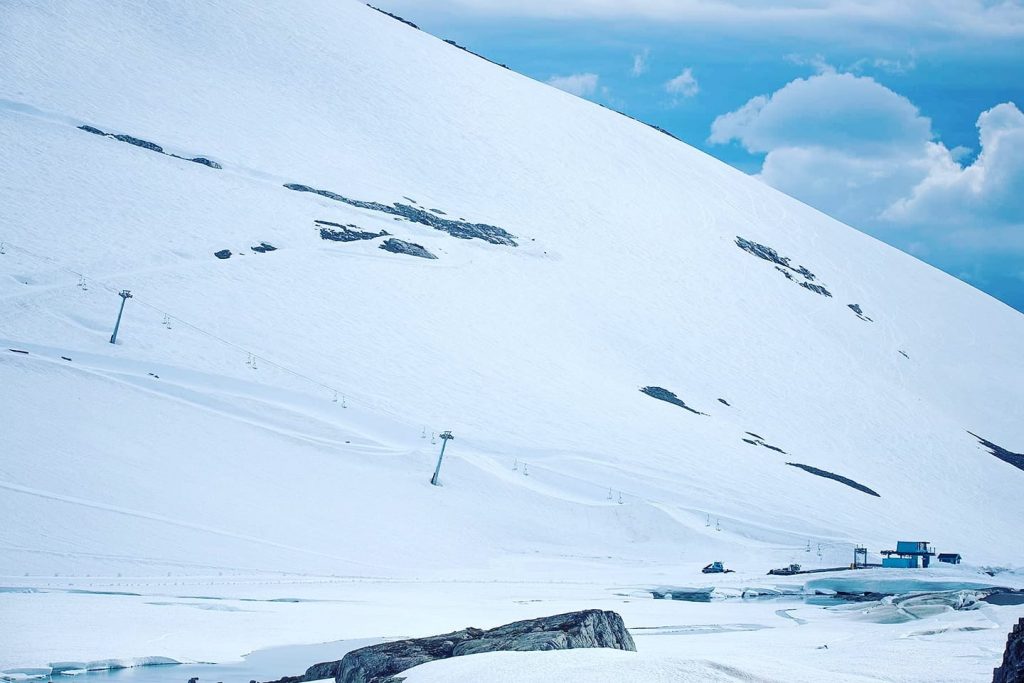
SCANDINAVIA REPORT| We appear to be nearing the end of the period when all three Norwegian summer ski glacier areas are simultaneously open. Stryn (1090/120cm / 4048”) looks like it will be the first to close, despite being the most recently opened, with its current end of season the weekend after next on August 2nd. Fonna (400/660cm / 160/240”) continues to see a diminishing snowpack although still the world’s deepest. It should be staying open to mid-September. Galdhopiggen (50/180cm / 20/72”) is usually open longest, to late October, but is currently temporarily closed for the latter half of July for events, as was announced back at the start of the season around Easter.
SCANDINAVIA FORECAST|After mostly sunny weather in recent weeks it’s actually looking surprisingly good for fresh snowfall on Norway’s glaciers for late July. Frequent snow showers are expected over the coming week as precipitation moves in and temperatures stay at, near, or often below, freezing. At least that’s the case for Stryn. Fonna looks likely to return to sunshine and warmer-plus temperatures from the latter half of this coming week.
ASIA
JAPAN REPORT|Gassan (150/150cm / 60/60”), Japan’s only open ski slopes, is officially still open to skiers; however, it has now turned off its T-bar ski lift for the season. There is still advice available for backcountry skiers wishing to use the access lift to ascend and make some turns on its rapidly diminishing snowpack, which is now down to a sixth of what it was when it opened for the season in early April. Conditions are challenging on the slopes though, not least as there’s been a week of mostly foggy weather with some rain and temperatures around 20 degrees above freezing. The popular Sawa run is also now closed.
JAPAN FORECAST|There’s more fog and rain in the forecast for Gassan with temperatures remaining warm.

